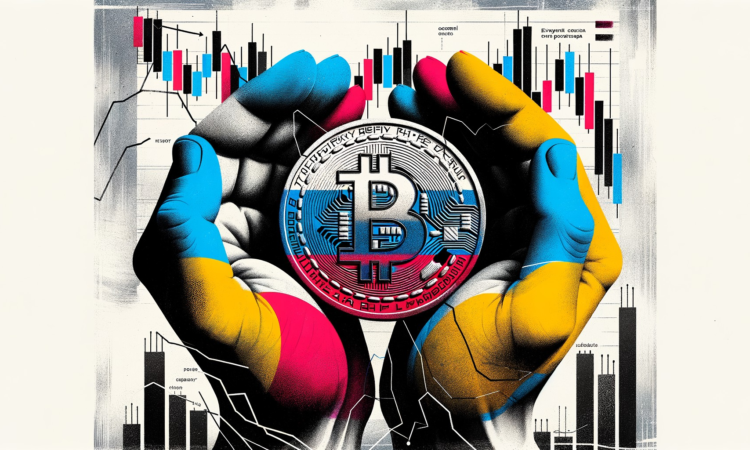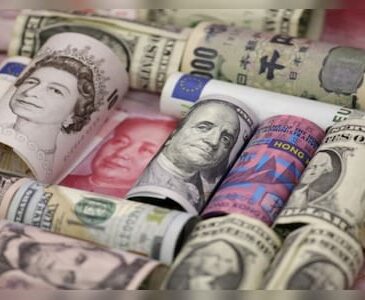
What’s going on here?
The Russian rouble has dipped against the US dollar and euro due to changing trades and central bank policies amid US sanctions.
What does this mean?
The rouble’s depreciation continues, dropping 0.4% against the dollar to 86.05 RUB and 2% against the euro to 93.74 EUR. Interestingly, it held its ground against the Chinese yuan at 11.72 RMB after some volatility. Last month marked a significant change in trade venues for these key currencies, with US sanctions prompting a move from the Moscow Exchange to the interbank market – an area notorious for liquidity and volatility issues. End-of-June tax payments saw exporters converting forex into roubles, offering temporary support, but that period has ended, leading to additional pressures. The central bank’s reduction of its foreign currency sales from 11.8 billion roubles to 8.4 billion roubles daily further complicates the landscape.
Why should I care?
For markets: Sanctions reshape trading dynamics.
The switch to the interbank market for dollar and euro trades introduces higher volatility and reduced liquidity, impacting investor confidence and trading volumes. Exporters’ recent forex conversions had provided a cushion, but pressure on the rouble is likely to grow now that this support has ended. Brent crude oil’s 0.65% rise to $85.55 a barrel offers some relief, given its critical role in Russia’s export economy. Yet, this may be insufficient against a backdrop of evolving policies and sanctions.
The bigger picture: A cautious easing on capital controls.
In response to the rouble’s previous strengthening, the government reduced the mandatory share of foreign currency revenue conversions by exporters from 80% to 60%. This move, aimed at easing capital controls, comes amidst the central bank’s reduction in daily forex sales. Economists predict ongoing pressure on the rouble due to reduced yuan supply from exporters post-tax period, with potential rise towards 12 RMB. The interplay between policy adjustments and sanction impacts paints a complex picture for Russia’s economic stability.


